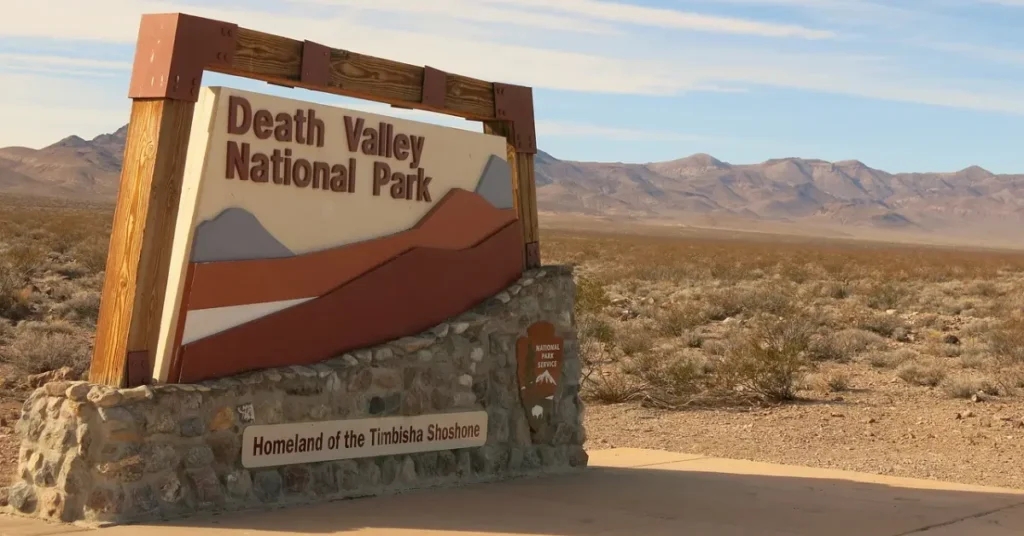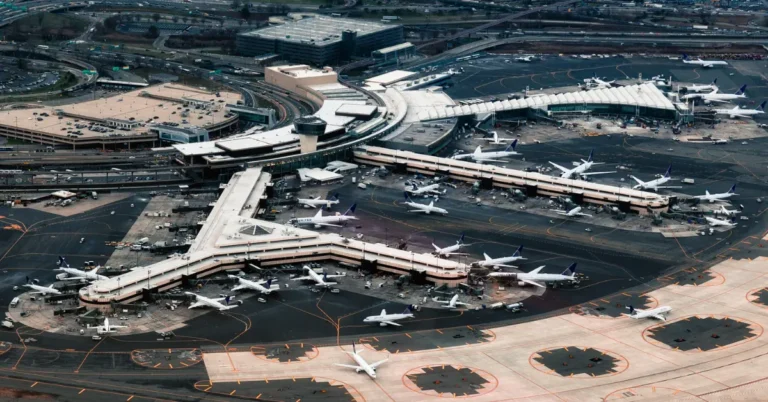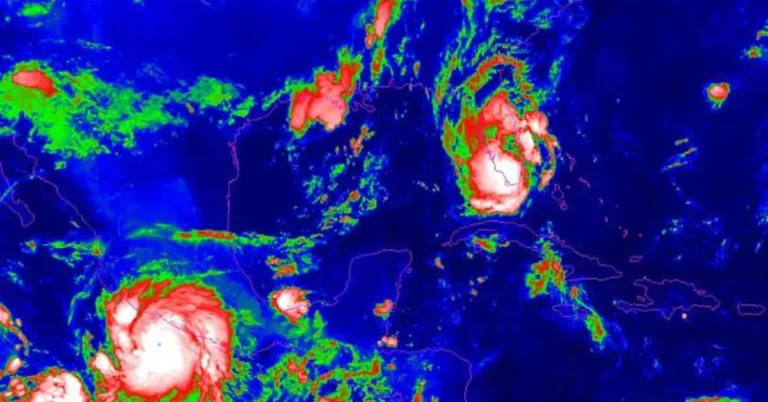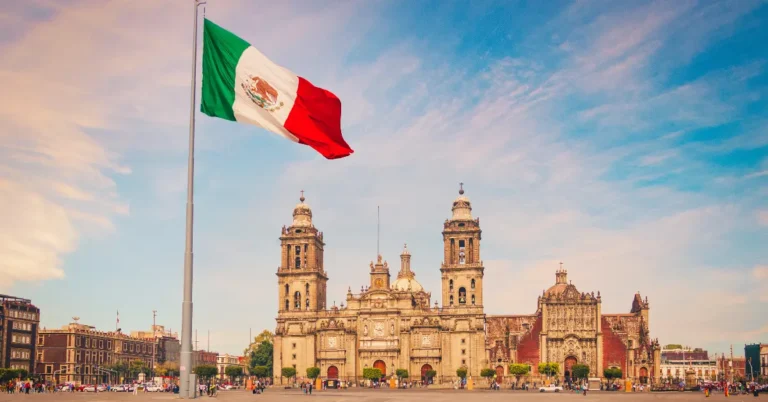Death Valley shatters records with its hottest summer ever, averaging 104.5°F. This alarming event highlights the urgent need to address climate change and prioritize visitor safety in this extreme environment.

Death Valley, a land synonymous with scorching heat, has just endured its hottest summer on record.
This stark reality serves as a poignant reminder of the escalating impacts of climate change and the need for vigilance in this awe-inspiring yet unforgiving landscape.
A Summer of Extremes
From June through August 2023, Death Valley National Park experienced an average 24-hour temperature of 104.5°F (40.3°C), eclipsing the previous record of 104.2°F set in 2018 and tied in 2021.
July was particularly brutal, with the Furnace Creek weather station recording its hottest month ever.
The park endured an unrelenting stretch of nine consecutive days where temperatures reached or exceeded a blistering 125°F.
The peak of this heatwave culminated on July 7th, with the mercury hitting a staggering 129.2°F.
Even nighttime offered little relief. The average low temperature hovered around 91.9°F, meaning that even after sunset, the heat remained oppressive.
On several occasions, the temperature failed to drop below 100°F overnight, creating a relentless cycle of heat stress.
Also Read: Why Americans Don’t Travel (Much): Debunking the Myths and Embracing the Wanderlust
Consequences of the Scorching Summer
The extreme heat took a toll. The National Park Service reported numerous heat-related incidents, including two tragic fatalities where heat was a contributing factor.
In another harrowing episode, a visitor had to be rescued after losing his footwear in the sand dunes and suffering severe burns on his exposed feet.
Wildlife also felt the impact. Desert ecosystems are finely balanced, and prolonged heat waves can disrupt this delicate web of life.
Water sources dwindled, impacting animals’ ability to survive. Park officials worked tirelessly to monitor and mitigate these impacts, but the extreme heat presented significant challenges.
Also Read: British Tourist Caught Defacing 2,000-Year-Old Pompeii Wall- Faces €60,000 Fine
Understanding Death Valley’s Heat
Death Valley’s extreme heat is a result of its unique geography. Located in a basin 282 feet below sea level, it’s the lowest point in North America.
Surrounded by towering mountain ranges, the valley acts as a natural heat trap. Hot air descends into the basin and becomes compressed, leading to even higher temperatures.
The lack of vegetation and the vast expanse of exposed rock and sand further contribute to the intense heat.
While Death Valley’s geography predisposes it to extreme heat, the record-breaking summer temperatures underscore the growing impact of climate change.
As global temperatures rise, heat waves are becoming more frequent and severe, even in already hot regions.
Death Valley serves as a stark reminder of the urgency of addressing climate change.
Also Read: Travel Influencer Couple Drowns in Japan: A Love Story Cut Short
Navigating a Changing Landscape
Despite the challenges, Death Valley remains a captivating destination. However, visitors must be well-prepared and exercise extreme caution.
The National Park Service advises visitors to stay within a 10-minute walk of an air-conditioned vehicle, drink plenty of water, eat salty snacks, and wear a hat and sunscreen.
It’s crucial to plan your activities carefully, avoiding strenuous hikes during the hottest part of the day.
For those seeking guided experiences, platforms like Viator or GetYourGuide offer a variety of tours catering to different interests and fitness levels.
Remember, preparation is key. If you’re traveling internationally, ensure you have comprehensive travel insurance from a reputable provider like World Nomads.
For those seeking accommodation near the park, platforms like Vrbo, Plum Guide, or Hotels.com can help you find the perfect place to stay and recharge after a day of exploring.
Also Read: $60K Rolex Heist at Miami Airport: A Cautionary Tale for Travelers
A Reminder of Resilience
Death Valley’s record-breaking summer is a powerful reminder of the challenges posed by climate change.
Yet, even in the face of extreme heat, the park’s resilience and enduring beauty shine through.
By taking precautions, respecting the environment, and staying informed, visitors can experience the wonder of Death Valley while minimizing their impact on this extraordinary landscape.
As temperatures continue to rise globally, it’s imperative that we address the root causes of climate change and take collective action to protect our planet’s most precious treasures.
Death Valley’s scorching summer is a call to action, urging us to protect and preserve our national parks for future generations.










